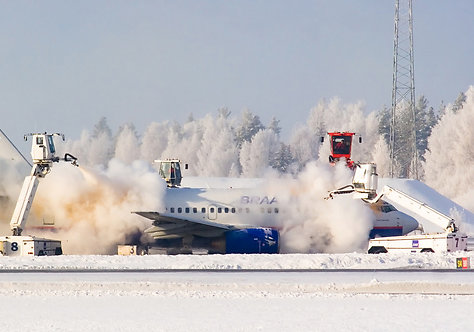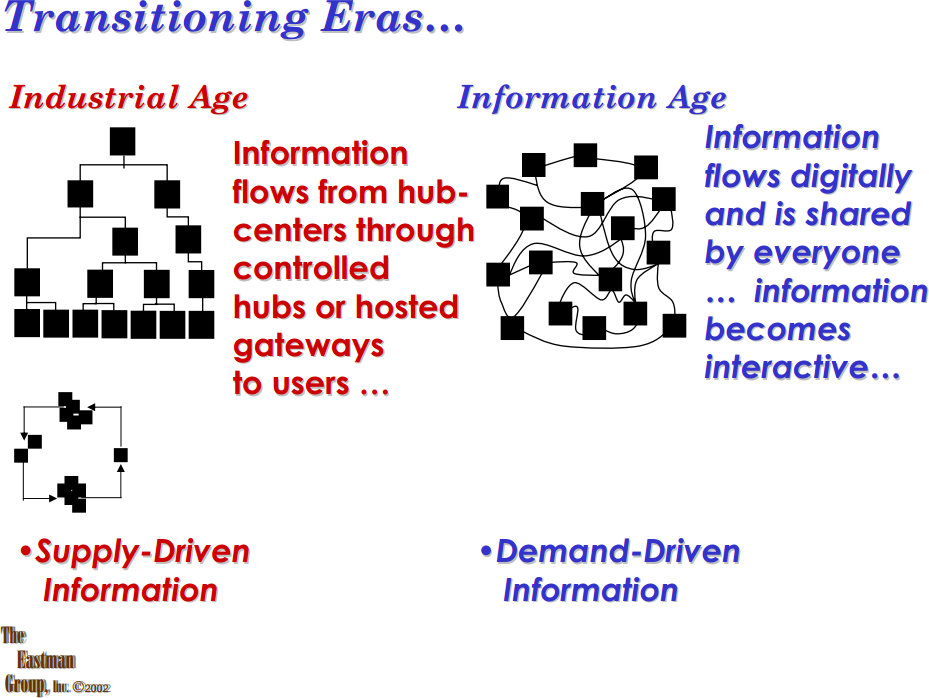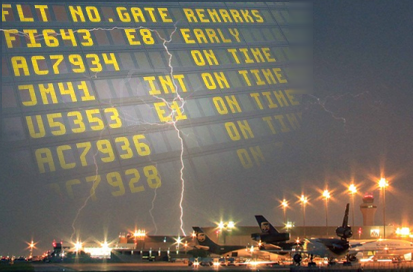
The last weeks I was traveling a bit more. And while I attended WinterOps Canada, my boss was at Inter Airport Europe to promote our solutions jointly with our partner UFIS Airport Solutions. Coming back from Canada, I attended the renowned international TAM Symposium, taking place in Braunschweig, where I currently live.
Making new friends in Vancouver, it was my pleasure to also strengthen my friendship with Etienne at TAM Symposium, meeting also wonderful people like Tom, Johan, Anne, Erica, Louise, Kris or Hamsa, just to name a few – you know who you are 😉
One of the core results of these past two weeks is quite frightening. After years of promotion of A-CDM in Europe, there is only a handful of people who understand what A-CDM is all about. Even the experts at TAM Symposium reduced CDM (Collaborative Decision Making) to the sending of DPI-messages (Departure Process Information) to the Eurocontrol NMOC (Network Manager Operations Center). “Eight Airports have established A-CDM”…
As we promoted lately in a press release, Zürich became Eurocontrol CDM compliant (number nine). After doing CDM for more than 10 years, that was newsworthy… Because only now, it counts…?
Though if that is true, if it only counts when the data is linked to the ANSP (Air Navigation Services Provider, Air Traffic Control) why is it always a problem to get the ANSP into the APOCs (Airport Operation Centers) being developed?

As I had expressed before, A-CDM is so much more than what most people, even the experts understand it to be. It is not just a concept to share data, but to work together for a common improvement, making sure everyone pulls on the same rope…
Now the makers of the TAM Symposium even add onto it, promoting TAM, Total Airport Management 😮
So what is TAM? Where CDM is mostly focused (so far) on the airside to improve airport processes, TAM adds the landside. Which is by the way, what Meta-CDM is all about as well, right Alison?
Again, if I search for “Total Airport Management” on the Internet, I get a ton of different explanations what TAM is… or is supposed to be? Even from companies who have been attending the TAM Symposium since it first started. Be it DLR, Eurocontrol, Wikipedia or Siemens. If I then turn it to a global scale and look at CDM or TAM, I could start crying.
“And discussing TAM and CDM, one of the key findings was that no-one understands what these developments are all about.”
As Etienne expressed in his short presentation, the main issue – and mostly the missing link – in the end is “The ‘C’ in CDM”. It’s about Change. Complexity. Cloud. Collaboration. Communication. Many things, but mostly not about Collaboration (as the definition says), but about Change.

Change from a holistic data model with data residing in independent silos, towards a “cloud computing”, where you share the data and the players benefit from the collaboration of data, making sure everyone at any time has the same information at hand. Actually, that reminded me of a presentation of my dear friend Richard, who I quote in the header of this blog, which dates back into 2002 … The underlying concept he raised even as early as 1996!
It is frightening to think that in aviation, the airline, airport, ground handler and air traffic control work – to date – with different data. Supposedly the same, but there’s no guarantee for that…
So do we need to promote “TAM” or “CDM”? Or should we simply start to promote to use state of the art concepts such as “cloud computing” for the benefit of all players?

One of the questions that came up in the event was “Who owns the data”? And that is already the wrong question. No-one “owns” the data in a cloud. But by sharing, the quality of data is improved for the benefit of all – if you start of with an assumed value, whoever has the real value first, will amend the information, accessible seamlessly to anyone.
Once the pacemakers in global e-Commerce, enabling global flight booking in the 60’s long before “Internet”, the aviation industry has lost its bite long ago, stumbles behind.
To make CDM or TAM happen, we need to change. And change is (always and everywhere) a major problem. And we should start to think beyond our petty sandboxes, about the benefits of accurate data and how we can work together to a mutual benefit.

Another question that came up, was about the missing of airlines in CDM-development, they being the main beneficiary of the process. Which is right. If Zurich can now accurately forecast the delays and cancellations caused by winter operations, Zurich can inform the airlines operating flights inbound to Zurich in time to possibly cancel that flight, due to weather, ensuring this particular aircraft aside of that flight stays on-time in its rotation (its daily or weekly operations plan) and does not get stuck in Zurich with a three-hour delay. In reverse, easing the situation for the situation at Zurich.
As a result, the flight cancelled, no passenger compensation will be paid for it or the following flights the aircraft is planned to operate. The resulting cost is lower than if the flight would go without such warning and gets stuck at Zurich.
So yes, the airlines benefit from such development and it is a great pity that they do not understand that. Though as mentioned in my last post, when flying to Vancouver, BA and AA were unable to issue the boarding pass for the next flight segment. So even within the Oneworld Alliance, they seem incapable of sharing the necessary data.
Now looking back at Richards presentation 2002 (and several before then) and comparing to what Hamsa Balakrishnan of the MIT said in her presentation at the TAM Symposium, I somehow feel reminded of good ol’ Don Quixote.
So let’s keep fighting those wind mills 😀
Food for Thought
(comments welcome)
Update: Following link failures, the files are now linked locally. The original links are:
delair Press Release on Zurich Airport A-CDM (2013)
Richard Eastman @ MIFNET 2002
Hamsa Balakrishnan @ TAM Symposium 2013
Etienne was hired by SITA in Spring 2015
UFIS A/S has been acquired by Amadeus in 2014
![“Our Heads Are Round so our Thoughts Can Change Direction” [Francis Picabia]](https://foodforthought.barthel.eu/wp-content/uploads/2021/10/Picabia-Francis-Round-Heads.jpg)
